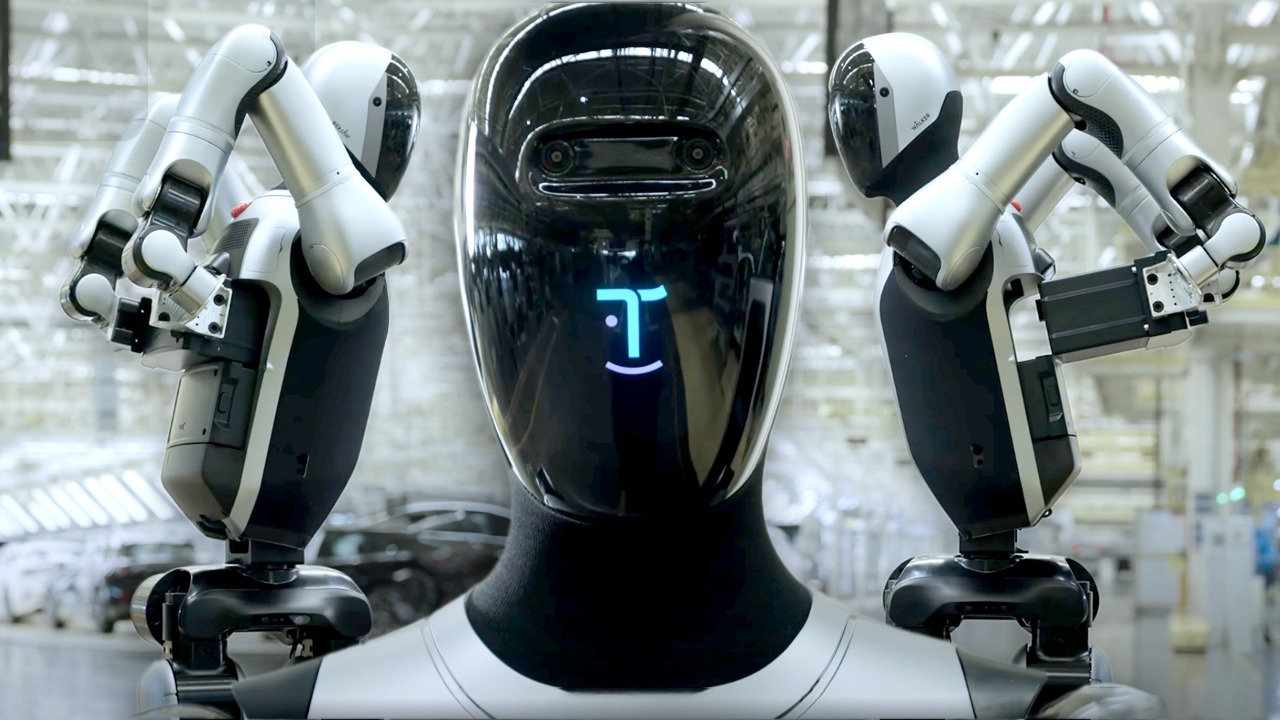Barely a month after President Trump signed the budget-reconciliation bill that will make electric vehicles more expensive by killing off tax credits for them, along with those for many other clean-energy purchases, Ford has announced a plan to make EVs cheaper.
The automaker’s “Universal EV” project, outlined in a press release and post from Ford President and CEO Jim Farley, should yield a family of vehicles starting with a midsized electric pickup truck that Ford plans to ship in 2027 at a price starting at roughly $30,000. That’s a little more than half of the $54,780 starting MSRP of Ford’s sole EV pickup today, the F-150 Lightning.
“Ford is going to deliver what no other automaker has been able to: a family of affordable, adaptable electric vehicles that offer multiple body styles for work and play—including for export—and whose LFP batteries will be assembled in America, not imported from China,” Farley says.
“LFP” is short for “lithium iron phosphate,” a battery technology that has begun to displace nickel cobalt manganese (NMC) batteries in an increasing number of EVs. Ford notes LFP’s cost, space, weight, and durability advantages as well as its lack of cobalt and nickel–two minerals largely imported from countries with seriously iffy labor rights and environmental protection.
Ford’s announcement does not, however, mention LFP’s lower fire risk relative to NMC (already less of a hazard in EVs than in gas-powered cars) or reduced cold-weather performance (which other manufacturers say they’ve addressed with design changes like battery warmers).
In Ford’s new “assembly tree,” a vehicle will start with an LFP battery assembly that serves as the car or truck’s core structure, with the front and back of the vehicle being built on separate lines and then attached to that core.
Ford cites a variety of improvements made possible by that process: “The platform reduces parts by 20% versus a typical vehicle, with 25% fewer fasteners, 40% fewer workstations dock-to-dock in the plant and 15% faster assembly time.”
Having a battery double as a core part of a car’s structure would seem to make it difficult to replace, but LFP’s longer lifespan may make that a non-issue in practice. A February Washington Post story quoted Scott Moura, an environmental engineering professor at the University of California at Berkeley, estimating that LFP batteries would offer two to three times the 1,000 charge cycles of NMC batteries, good for 200,000 or so miles. Only a small fraction of US EV batteries have needed replacing since EVs became a mass-market option in the States starting in 2010.

Get Our Best Stories!
Your Daily Dose of Our Top Tech News

By clicking Sign Me Up, you confirm you are 16+ and agree to our Terms of Use and Privacy Policy.
Thanks for signing up!
Your subscription has been confirmed. Keep an eye on your inbox!
Farley says the company aims to deliver the new EV pickup built on this platform at “a target starting MSRP at about $30,000, roughly the same as the Model T when adjusted for inflation.”
Reality check on that price projection: Ford launched the F-150 Lightning with an MSRP of just under $40,000, then jacked up the price multiple times to respond to supply-chain issues, high demand, and other complications.
Ford will build this at an existing factory in Louisville, where it will invest $2 billion to rebuild that plant, with some financial support from Kentucky’s state government. In Ford’s press release, Gov. Andy Beshear (D) says this project “boosts Kentucky’s position at the center of EV-related innovation and solidifies Louisville Assembly Plant as an important part of Ford’s future.”
Recommended by Our Editors
Ford plans to spend another $3 billion on upgrading its BlueOval Battery Park in Marshall, Michigan, to build these LFP batteries at scale.
In an interview with Wired, Farley shared other details about the project, such as how Ford hired Tesla veterans Doug Field (who also led Apple’s since-scrapped electric-vehicle project) and Alan Clarke in recent years to lead the skunkworks project that developed this platform.
In the piece, Farley says their expertise will let Ford compete directly with such Chinese manufacturers as BYD: “Turns out, Doug and Alan and the team built a propulsion system that was like Apollo 13, managed down to the watt so that our battery could be so much smaller than BYD’s.”
Farley has more direct acquaintance with China’s booming EV industry than many other people in the US auto industry. During an appearance on the Everything Electric’s Fully Charged podcast in October, he told host Robert Llewellyn that he’d had a Xiaomi SU7 sedan specially imported from Shanghai and was impressed by the results: “I’ve been driving it for six months now, and I don’t want to give it up.”


New Humanoid Demos Autonomous Battery Swap for 24/7 Operation
About Rob Pegoraro
Contributor










